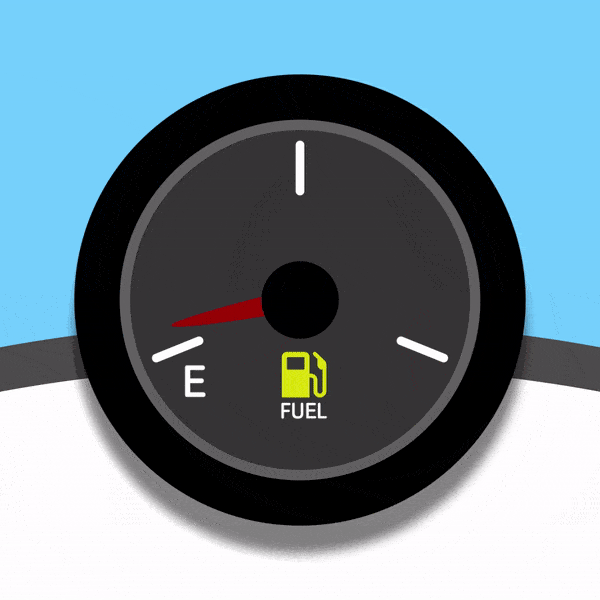Here are Amy's full answers from last week's Instagram Q&A. With links!
Is it bad that I don't eat before and after my workout?
Eating before exercise, as opposed to exercising in the fasting state, has been shown to improve performance but may not be necessary unless it has been more than 3-4 hours since your last meal (in which case you will probably want to have a snack that is high in carbs, moderate in protein, and relatively low in fat and fiber so that it is digested quickly). It is recommended to eat within 30-60 minutes post-exercise to maximize glycogen storage and muscle protein synthesis.
Creatine before of after lifting? Inside any specific time frame?
Research is not clear whether there are any reliable differences between taking creatine before or after exercise. It appears that it is likely best to consume it a short time before or after exercise rather than a long time before or after exercise. To optimize creatine uptake, ingest supplements following a carbohydrate or carbohydrate/protein-containing meal.
Favorite post-workout snacks to keep in your bag? Portable fruits like apples, oranges, grapes and bananas or dried fruit like raisins and dates which provide carbohydrate, potassium, and vitamin C; nuts which provide protein; trail mix which combines both carbs and protein; energy bars that are made from whole ingredients like Rx or Lara bars; cheese sticks with some whole grain crackers; peanut butter sandwiches on whole wheat bread;
Here are some options from the UCLA Teaching Kitchen that provide a good mix of carbs and protein.
Thoughts on collagen and biotin supplements?
Collagen supplementation in combination with resistance training was found to increase muscle mass and strength in a small group of elderly men, but it is unknown whether these results would be seen in healthy, young adults. Although biotin plays a vital role in your body’s metabolism of macronutrients, in absence of a deficiency (which is rare), there is no evidence that supplementation has added benefit.
BCAAS pre, during, or post?
What's your opinion on energy drinks as pre workout?
While consuming energy drinks before exercise has been shown to improve mental focus, alertness, anaerobic performance, and endurance in adults (largely through the effects of caffeine), they often have high levels of sugar which can contribute to weight gain and negative effects on blood sugar. They are not recommended for children and adolescents. Adults that choose to consume them, should avoid drinks that have greater than 200 mg of caffeine and avoid consuming in combination with alcohol.
If you're eating at a deficit what's your rec for timing meals for energy during workouts?
Eating some carbohydrate prior to exercise and during, if you are training for long periods of time, will help fuel your workout. Replenishing both carbs and protein shortly after completing your workout will provide the greatest benefit.
You're supposed to eat carbs before you train. True or false? Consuming carbs before you train will help fuel muscle glycogen stores and maintain blood sugar levels during exercise. If you are training at high intensity for an hour or moderate intesity for more than 2 hours, you should also consume some carb during exercise to prevent low blood sugar and increase exercise performance.
What if food makes me nauseous before workouts but I still need an energy boost? Low fat, low protein, and low fiber foods will empty faster from the stomach and may be better tolerated. Try eating something small that is easily digested, like a banana, applesauce, or toast an hour or two before working out.
How soon after training should I try to eat so I get those gainz?
Consuming 20+ grams of protein within 30-90 minutes post workout is recommended to enhance recovery and muscle protein synthesis. Include carbs as well in order to replenish glycogen stores.
If you have any more questions, list them below! Or if you'd like to talk with one of our RDs, you can find them here.




